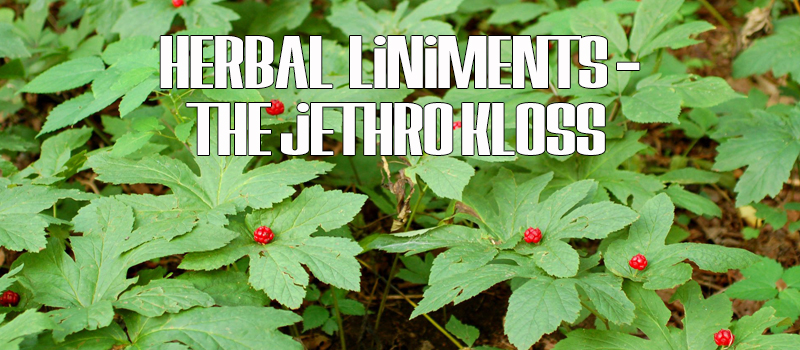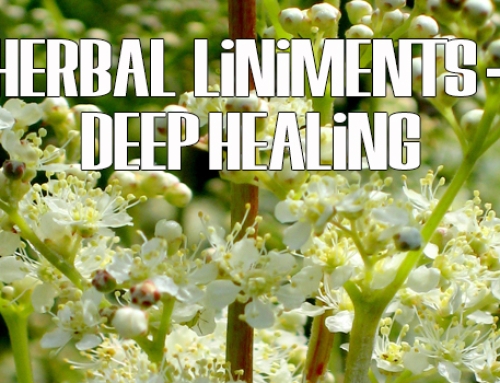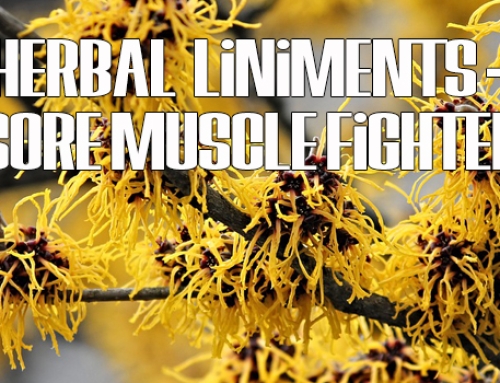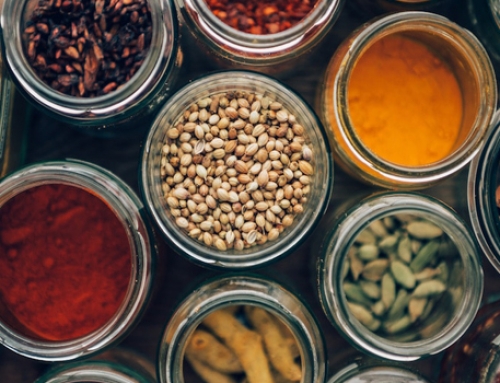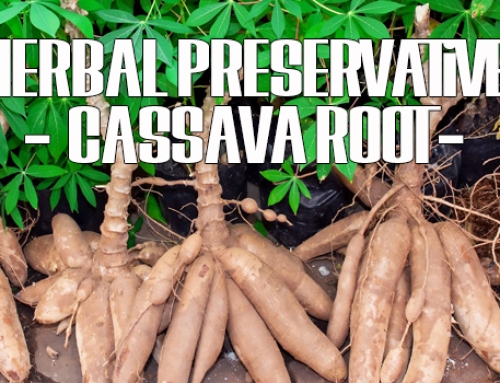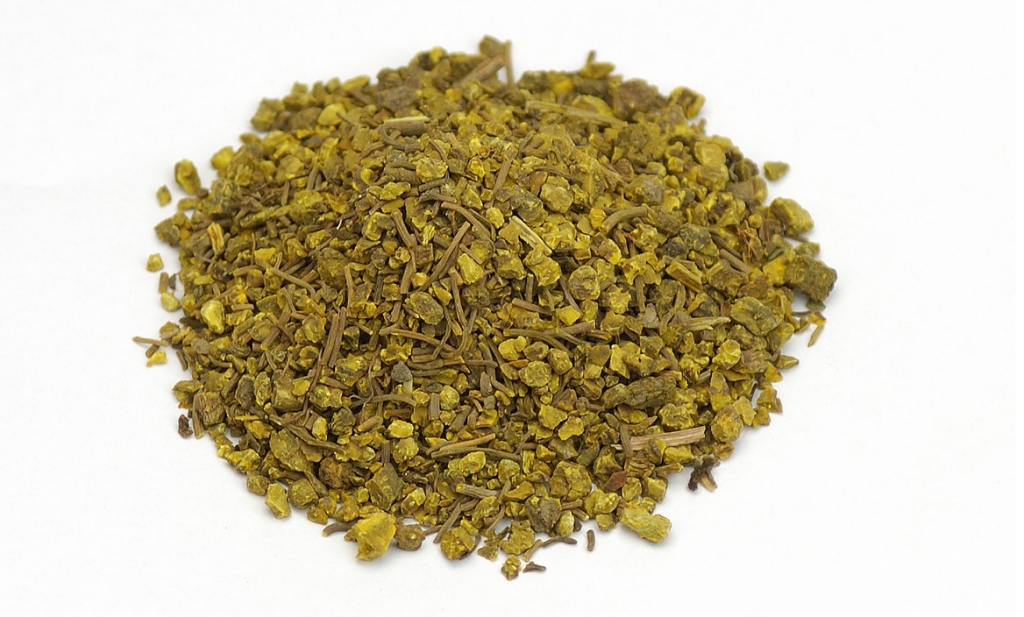 For a warming deep healing Liniment infusion you can use this recipe for the Deep Healing Concoction found below:
For a warming deep healing Liniment infusion you can use this recipe for the Deep Healing Concoction found below:Equipment
- A cutting board and sharp knife (if you’re using fresh herbs)
- A glass jar with a tightly-fitting lid (or a similar jar made from a non-reactive material)
- A mortar and pestle
- A rubber scraper or spatula, preferably one made of a material that can be thoroughly cleaned and does not hold any odors, such as a heat-proof plastic one
- A label for your jar
After the concoction has infused, you’ll need:
- A straining bag or several layers of cheese cloth and a strainer
- A bottle for the finished liniment
- A label for your bottle
Directions
Ingredients to Put Together
- 2 TBSP dried eucalyptus leaves
- 1 oz powdered echinacea
- 1 oz powdered goldenseal
- 2 oz of powdered myrrh
- 1/2 tsp cayenne pepper
- 1 quart of witch hazel (or 70% proof rubbing alcohol*)
Instructions
- Mix all these ingredients together and let stand for seven days. Shake it periodically. At the end of seven days, decant and bottle with a label which reads,
How to use:
For headache, Kloss recommends applying the liniment to the temples, back of the neck, and forehead. For sprains, he says to apply the liniment freely and massage for 15 to 20 minutes before the swelling sets in.
Repeat three to four times a day. He also says to apply the liniment for bruises and back pain.
Liniments should only be used externally and on unbroken skin. This mixture is shelf stable and will last several years. If you have sensitive skin or are using this on children, reduce the amount of herbs and menthol by half. Menthol crystals will easily dissolve in alcohol or witch hazel, so if you aren’t sure how strong you want your liniment, start with less and add more to the finished liniment if needed. Check with a doctor before using if pregnant/nursing or if you have a medical condition.
*The reason alcohol is often used is that it penetrates skin and evaporates very quickly. It is also very effective at extracting the beneficial properties of the herbs used in this liniment and is used as an antiseptic (a liniment made with alcohol could be used on open wounds depending on the herbs used). Some people prefer not to use alcohol or find it drying, and witch hazel offers another great alternative with beneficial properties of its own.

